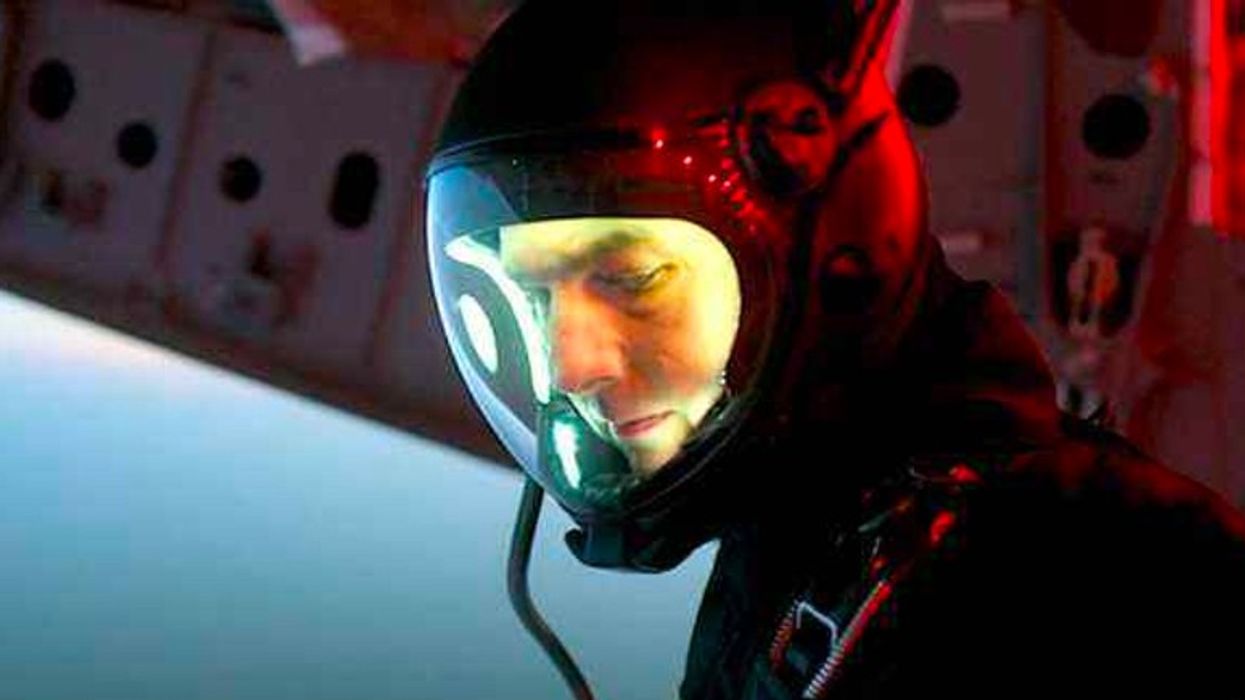How to Make a Movie in Space
Movie productions are going to space, but what does that mean for lower-budget space films?

Although Tom Cruise won’t be a part of the first movie to film in space, the actor will “hopefully” become “the first civilian to do a spacewalk” outside of the International Space Station.
The head of Universal Pictures, Donna Langley, teased in a recent interview with BBC that Cruise’s $200 million space project is going to be one of the first few movies to shoot in space, and is planning for Cruise to perform a spacewalk.
“Tom Cruise is taking us to space. He’s talking the world to space,” Langley confirmed to the BBC. “We have a great project in development with Tom, that does contemplate him doing just that. Taking a rocket up to the space station and shooting and hopefully being the first civilian to do a spacewalk outside of the space station.”
NASA announced two years ago that Tom Cruise’s upcoming action adventure with NASA and SpaceX was trying to be the first film crew to make it to space, but Russian director Klim Shipenko’s The Challenge beat Cruise to the punch.
The Challenge was the first feature film to be shot in space. The film collaborated with Russian space agency Roscosmos, Channel One, and Yellow, Black, and White, a public broadcaster, to make the filming possible.
While Crusie can’t make the first feature film in space, he can make history by being the first actor to do a space walk. With a massive budget that will take Crusie and a small crew to space to film a small portion of the film, the untitled project relies heavily on Cruise performing his own out-of-this-world practical stunts that often get moviegoers to go to the theaters.

How to Make a Realistic Space Movie
Audiences will always dig practical effects and stunts, but audiences can also easily be fooled. We might not have the budget or resources to film a movie at the ISS, but we can learn something about making a space movie when space travel is becoming more accessible to filmmaking communities around the world.
There are limitations to making a film in space like lighting and composition. Once we understand how the natural light of space looks on camera, we can replicate that on Earth. Beyond lighting and composition limitations, it will be interesting to see the shots at the ISS as the actor’s faces will look slightly different due to the microgravity of the space station.
We already know how to replicate certain aspects of space in filmmaking thanks to astronauts like Chris Hadfield, NASA's photographs of their space explorations, and Ron Howard’s low-gravity filmmaking in Apollo 13, but big-budget filmmaking is taking it one step further into cinematic realism.
You can find a way to film in low orbit with a small crew to mimic space's lack of gravity if you have a big enough budget, but there are so many tools available to filmmakers that allow you to digitally create space on a low budget. The beauty of these big-budget films going to space is that filmmakers can learn to replicate the details that make filming in space worth it.
Will moviemaking in space be worth it once we understand how to replicate on Earth for half the budget? Let me know what you think in the comments.
Source: BBC











